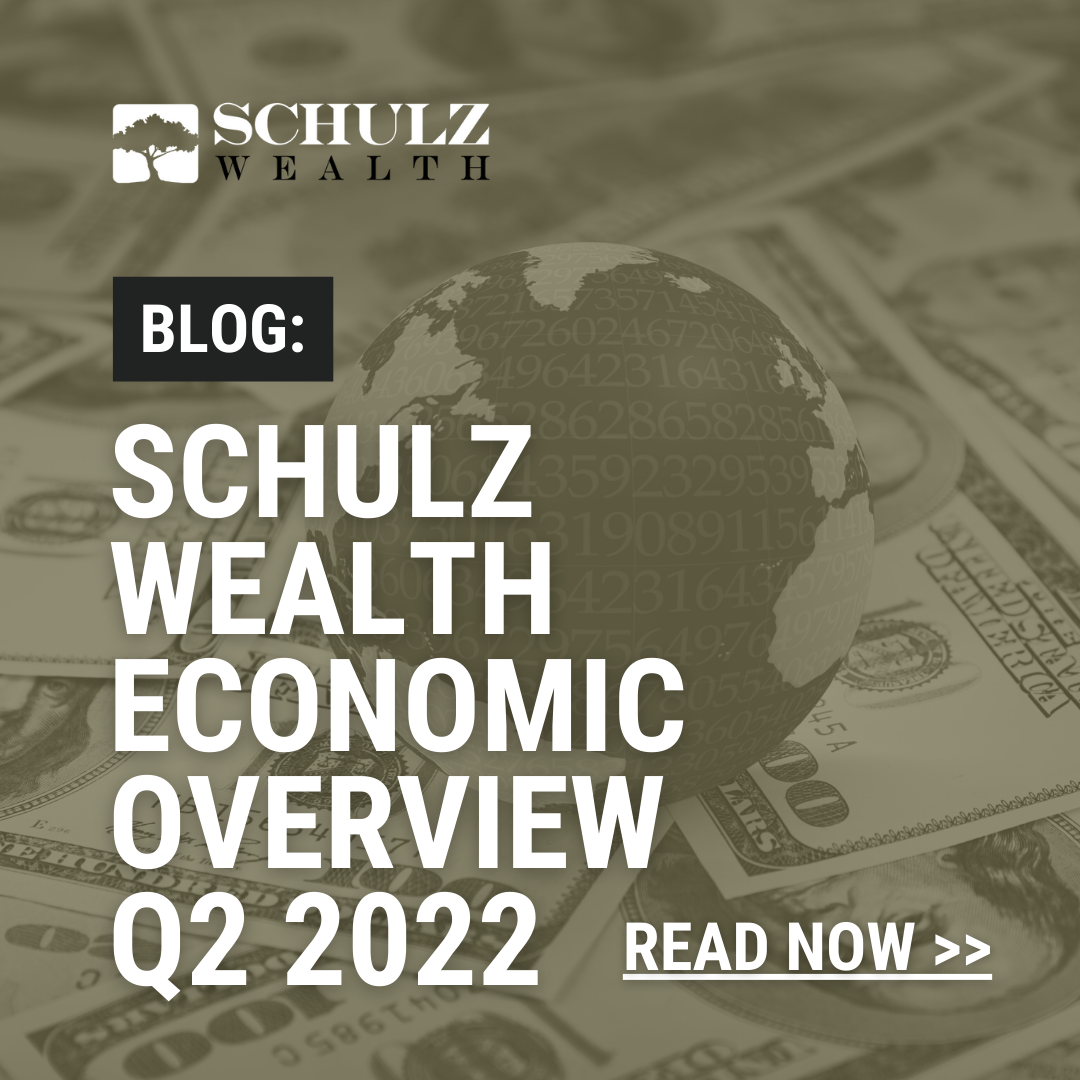The fourth quarter of 2021 did not break stride from the rest of this year. The jobs reports continued to come out extremely strong; corporate earnings did the same. As the last quarter of the year wrapped up, we are now officially below the level of initial and continuing jobless claims when compared to the same time in 2019, pre-COVID.
An earnings growth trend of the S&P ended the year up 34.5%. That is strong growth coming off of lower 2020 numbers; but even when compared to the pre-pandemic 2019 earnings, the 2021 numbers blew those out of the water, too.
Now, some of these earnings are probably a result of everyone laying low for most of 2020 and of the government handing out tons of money. As we look ahead, expecting another near 35% increase would seem a bit lofty. However, when considering household balance sheets, debt service ratios, and household net worth numbers, consumers appear to be in a good position financially. Wage growth has picked up over the past few years as well, which benefits consumers.
This trend could prove to be favorable for corporate earnings, as well — at least for the short term. If it persists, higher wages could over time negatively affect corporate margins and earnings. This will remain something to watch.
Taking a look at the stock market, Q4 2021 was a phenomenal quarter domestically. Seventy (that’s 70) new all-time highs have been hit! There was a brief tumble at the news about the new COVID variant. But, as the world digested this new information, the stock market did as well. While cases may be at record highs, the new variant seems to be much less deadly.
Along with COVID concerns, another key driver for headlines over the past quarter has been persistent inflation. The Fed has finally dropped the term “transitory” when referring to inflation this quarter. To combat this inflation, the Fed announced plans to slow quantitative easing going into 2022. The Fed expects three interest rate hikes in 2022; however, the market is pricing in closer to two.
When looking at inflation from a 30,000-foot view and attempting to measure its impact on different parts of the economy, it is natural to seek an inflation hedge. Historically, that has meant investing in companies. Corporations have the ability to pass price increases along to the consumer, so that their profits are not as negatively affected, and returns can remain positive. Supply chain indicators are beginning to show an easing in bottlenecks, so we may begin to see logistics help in the fight against inflation, as well. Generally, we expect that bonds and cash will lose their purchasing power relative to inflation and have negative real returns.
As always, please reach out with any questions!
~Austin Smith, CFA, Schulz Wealth
All data was sourced from First Trust’s Economic Blog and JP Morgan’s Guide to the Markets Q1 2022
.png)


Leave a Comment